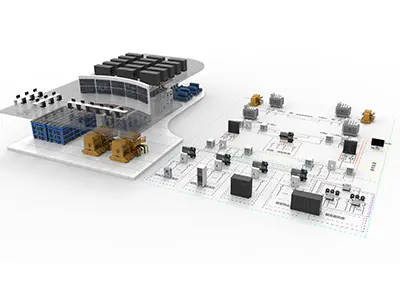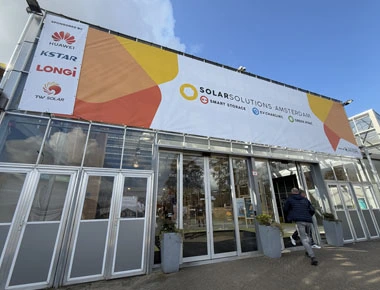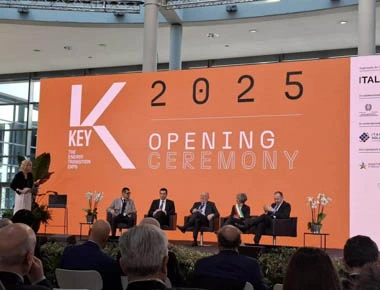General
Industry is the main area of energy consumption. Industrial energy consumption accounts for more than 70% of total energy consumption of the whole society. With the acceleration of industrialization and urbanization of China, the task of energy saving and emission reduction in industry becomes heavy and the pressure gets heavy as well. The application of information technology in establishment of digital energy management and control system, achievement of on-line monitoring of energy consumption and accurate grasp of energy consumption situation of key industry, enterprise and process in real-time is not only an inevitable requirement for enterprises to refine their management of energy and promote energy conservation and consumption reduction, but also the prerequisite and foundation for industrial and information administrations at all levels to grasp the trend of energy consumption, strengthen the forecast and warning of energy consumption and formulate industrial policies in a scientific way. Furthermore, it is also the intrinsic requirement for the promotion of industrial transformation, industrial upgrading and green development as well as the establishment of a resource-saving and environment-friendly industrial system.
Reference Standards
GB 17167-2006 General Principle for Equipping and Managing of the Measuring Instrument of Energy in Organization of Energy Using
GB/T 23331-2012 Energy Management Systems - Requirements
Design Philosophy
Energy management system, energy management center and energy efficiency benchmark construction (“three energy” system construction) are the key point of energy conservation. In the meantime, the promotion of on-line monitoring of energy consumption and system certification is not only the inevitable requirement for enterprises to achieve efficient energy management, but also the intrinsic requirement for competent department of energy conservation at all levels to grasp the regional trends of energy consumption.
The main task of construction of energy management center in enterprises is to monitor, record, analyze the data of resource/energy (such as electricity, raw coal, natural gas, oil and water) consumption and products (such as steam and thermal energy) generated during energy conversion, and provide guidance based on the analysis results. Monitor the detailed use of various kinds of energy by enterprises in real-time to seek direct and scientific basis for energy conservation and consumption reduction and find out the improper aspects in energy and resource consumption, so as to further improve energy management and reduce production and operation cost. In that way, the use of energy will be more reasonable, the energy waster will be controlled and the aim of energy conservation, emission and consumption reduction and benefit creation can be achieved. The analysis based on the monitored data can help enterprises assess their major energy-consuming equipment in real-time to eliminate waste and further optimize the use of such energy, so as to reduce the consumption cost of each unit and maintenance cost of equipment, improve the overall competitiveness of enterprises and upgrade the management of operation, measurement and energy conservation in enterprises.
In the meantime, by connecting with the government energy management platform through the intelligent industrial energy management system platform, enterprises can strengthen their management in industrial energy consumption and take technically-feasible and economically-reasonable measures accepted by both the environment and the society, so as to reduce the energy consumption and pollutant emission in all aspects of industrial field and use energy in an efficient and reasonable way.

System Composition
Users can connect and equipment can be connected to our intelligent industrial energy management platform via Internet. User can create different projects on line and such projects will operate on the same platform. However, the interface and data will be identified and separated according to account/project, providing users with user-specific experience. Alternatively, uses can install the whole platform to server cluster of their own monitoring center or the server cluster leased by a public data center.
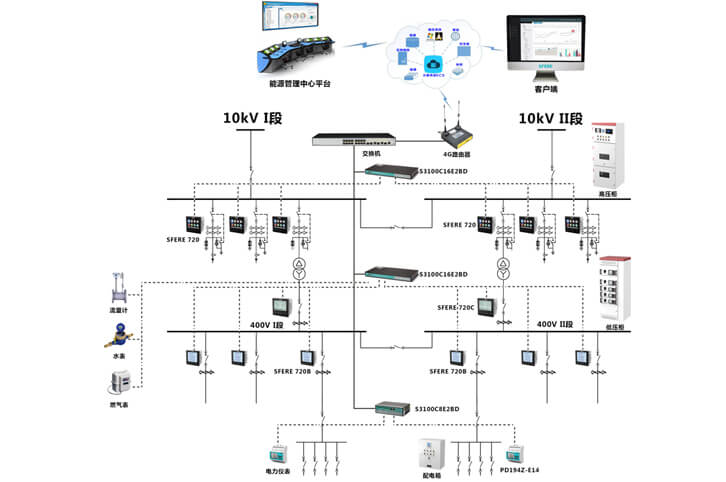
The system platform supports a variety of networking solutions, such as field bus, Ethernet and wireless 3G/4G network. The whole platform can be divided as four parts, respectively field measurement and control instruments, network communication equipment, cloud computing and processing center and business processing end.
The cloud computing center is the core of the whole platform. It includes acquisition server, database server and Web presentation server and supports various kinds of arrangement methods. It can be arranged at public cloud, private cloud or user’s local server.
The business processing end is the operating client of the platform. It can be accessed by web via Internet, local LAN or even APP on mobile phones. In that way, business can be processed perfectly at any place and any time.
The network communication equipment includes various kinds of equipment, such as communication management machine and exchanger. It is responsible for the data acquisition, data caching and data upload on the site and supports transmission via LAN, public network, 3G/4G wireless network and wireless GPRS.
The field measurement and control instruments are various kinds of measurement meters locally installed in the distribution cabinets and distribution boxes. Multi-function measurement meters with different sizes and installation methods can be selected according to the nature of the project:
One type is new industrial projects. In such type, panel instruments such as SFERE720, SFERE100 and PD19 series are preferable. They are equipped with RS485 communication interface and provided with functions such as on-site networking communication and data upload.
The other type is the industrial projects on transformation purpose. Since such projects are old projects, the meters originally used are pointer meters. Sometimes, there are even no instruments installed. Therefore, such instrument shall be subjected to intellectualized transformation and equipped with RS485 communication interface. In that way, networking function can be achieved. Series of instruments, such as PD194Z-E and SFERE700 are preferable because they can be installed on rails and support multi-loop measurement, presenting the characteristics of easy installation and high economy.

Software Structure
The intelligent industrial energy management system is established based on measurement meters, bus communication and web technology and takes cloud computing as its core. It combines the functional departments with production line and yield, makes multi-dimension energy consumption statistics for industrial enterprises, calculate and analyze energy consumption of each unit. By carrying out peer benchmarking via calculation of ratio of energy consumption to production, the goal of improving energy efficiency of enterprises and enhancing competitiveness of enterprises can be reached.

Application layer: Application layer is the part for data interaction between users and the platform. It is composed of computers of web client or APP on mobile phone and is the part where users can see, find and analyze the energy consumption data on the platform.
Service layer: In service layer, the bus for platform service will be provided, including system integration and plug-in interface service, platform service, event-driven service and real-time data analysis service. Service bus can be available for dynamic loading and horizontal scaling. Each service can be carried out in the same VM or in multiple VMs. If the system scales up, just increase the number of servers, i.e. carry out horizontal scaling.
Aggregation layer: In the aggregation layer, the changing data and event information from the acquisition layer will be fed and aggregation calculation will be carried out after universal data model is bound, so as to save such data and event information into time series DB. The aggregation layer and the acquisition layer enable feed and release of real-time data via message queues and provide standard API integration.
Acquisition layer: The acquisition layer can support various kinds of industrial and power protocols via connection of intelligent instruments and sensors provided by distributed acquisition hardware and software service.
Software Characteristics
Access of Any Device
The software is available for different communication protocols and system as well as different equipment specifications and data points. The system adopts monitoring units and accesses to equipment in a distributed way. By defining protocol database and equipment database, it enables the support of dynamic access of equipment. The monitoring unit is universal for the software. However, different interfaces and acquisition hardware with different operational capability will be provided according to the application of the equipment.
Access of Large Amounts of Equipment
In order to avoid inefficient data polling and uploading of large amounts of data to the platform, distributed monitoring unit is used to acquire, process and report local data at equipment end and only changing data and event alarms will be reported, reducing the pressure of the platform center. In the meantime, data requests will be separated by the distributed message bus on the aggregation layer of the platform and access of large amounts of equipment can be realized by adding more message buses.
Access of Users
First, the software is available for access of users. By setting proxy direction and distribution algorithm, different user groups will be separated. Access of more users can be enabled by adding more proxy servers.
Secondly, data and functional modules will be limited according to the authority of user. In that way, the security of the system can be enhances and unnecessary data transmission can be reduced;
Thirdly, more lessees are available. Users can create different projects on line and those projects will be operated on the same platform. However, the interface and the data of contained will be identified by user/project, providing users with user-specific experience.
Via MQTT, data interfaces for real-time data, event alarms, control commands and configuration changes will be available. In that way, real-time data integration can be enabled for third-party system and equipment and access for configuration and historical data will be provided via HTTP RESTFUL interface.
Function Overview
With the integration of intelligence of research and development group, technical experts and client of SFERE, the intelligent industrial energy management system platform, a safe and stable energy management product, is created based on the world’s leading technology and philosophy on energy management, years of industrial experience and full investigation and research on industrial users’ individual needs.
On-line presentation
On-line presentation is available on the platform. It can present the overall energy consumption condition of the enterprise. Standard coal is taken as the unit for unified conversion and analysis. The presentation function is also available for screens, so that information on energy consumption and energy conservation can be presented in real-time.

Efficient Information Collection
With the feeding/release of message via MQTT, data contained in millions of messages can be processed within one second and the updating frequency of data interface can be guaranteed within 15 seconds. In that way, inefficient data polling can be avoided and access of large amounts of equipment can be enabled.
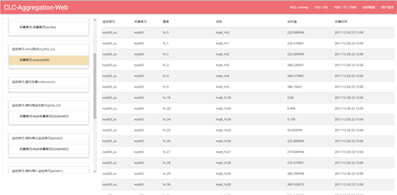
Real-time Monitoring
Monitor the operation status of production line and parameters of relevant energy-consuming processes (such as current, voltage, power and temperature) in real-time.

Statistics of Energy Consumption of Production Line
The platform will provide itemized energy consumption analysis reports based on the production. With the help of such reports, detailed analysis based on practical data such energy consumption of each unit and ratio of energy consumption to production can be carried out.
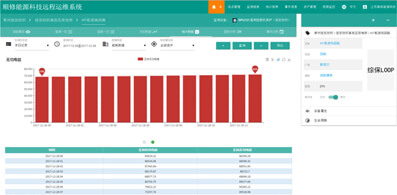
Management of Energy Consumption Performance
The system can calculate the energy consumption of each unit according to the actual energy consumption data of each energy-consuming unit and the production of the production line and carry out performance assessment of energy consumption based on the data calculated.

Analysis of Energy Consumption Trend
The platform can analyze the variation trend of energy consumption of each unit and the operation data from production process in the dimension (such as team or workshop) within statistical period, formulate annual plans for energy conservation and provide data support for the upgrading of energy conservation target and implementation of specific measures.

Benchmarking of Energy Consumption
The benchmarking function is enabled according to the sort and process of products. With the active participation of each workshop and department, the level of energy management and energy efficiency of enterprises will be improved.
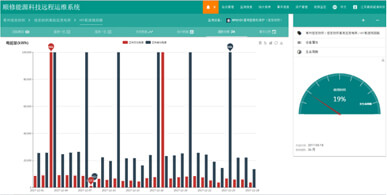
Asset Management
The platform is available for on-line check of record, service life, maintenance record and all kinds of measurement certificates of measuring instruments and equipment at each terminal. It can assist enterprises in establishing relevant energy management system, improving files of energy measuring instruments and verify the original records on measuring instruments.

Abnormality Alarm
The platform can support mainstream web browser clients such as Chrome and Safari. It also can support the inquiry of all kinds of real-time and historical energy consumption data and alarms using APP on mobile phones, without the limit by locations. In that way, business can be actually processed at any place and any time.

Data Exchange on Platform
The platform is available for various kinds of interfaces. It is also available for interfaces of real-time data and event information and data exchange on management platforms of power demand side and platforms of energy management centers above municipal level.


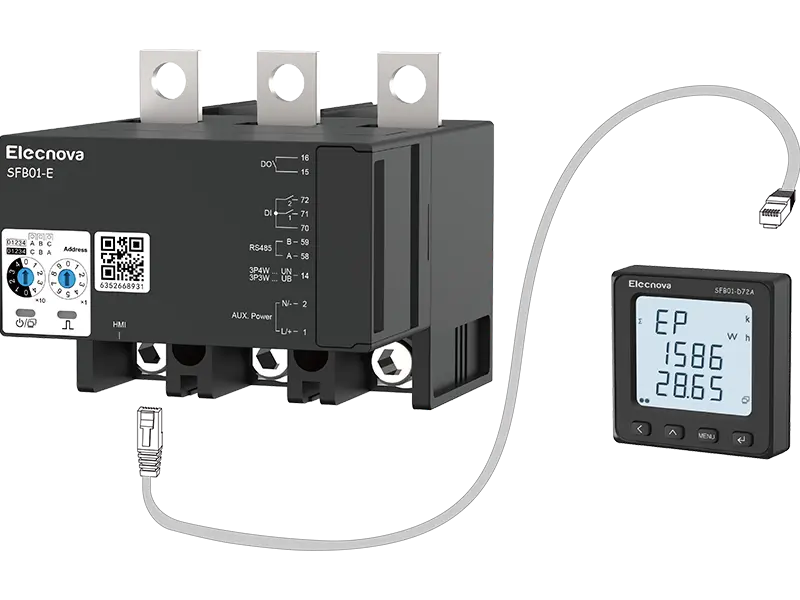
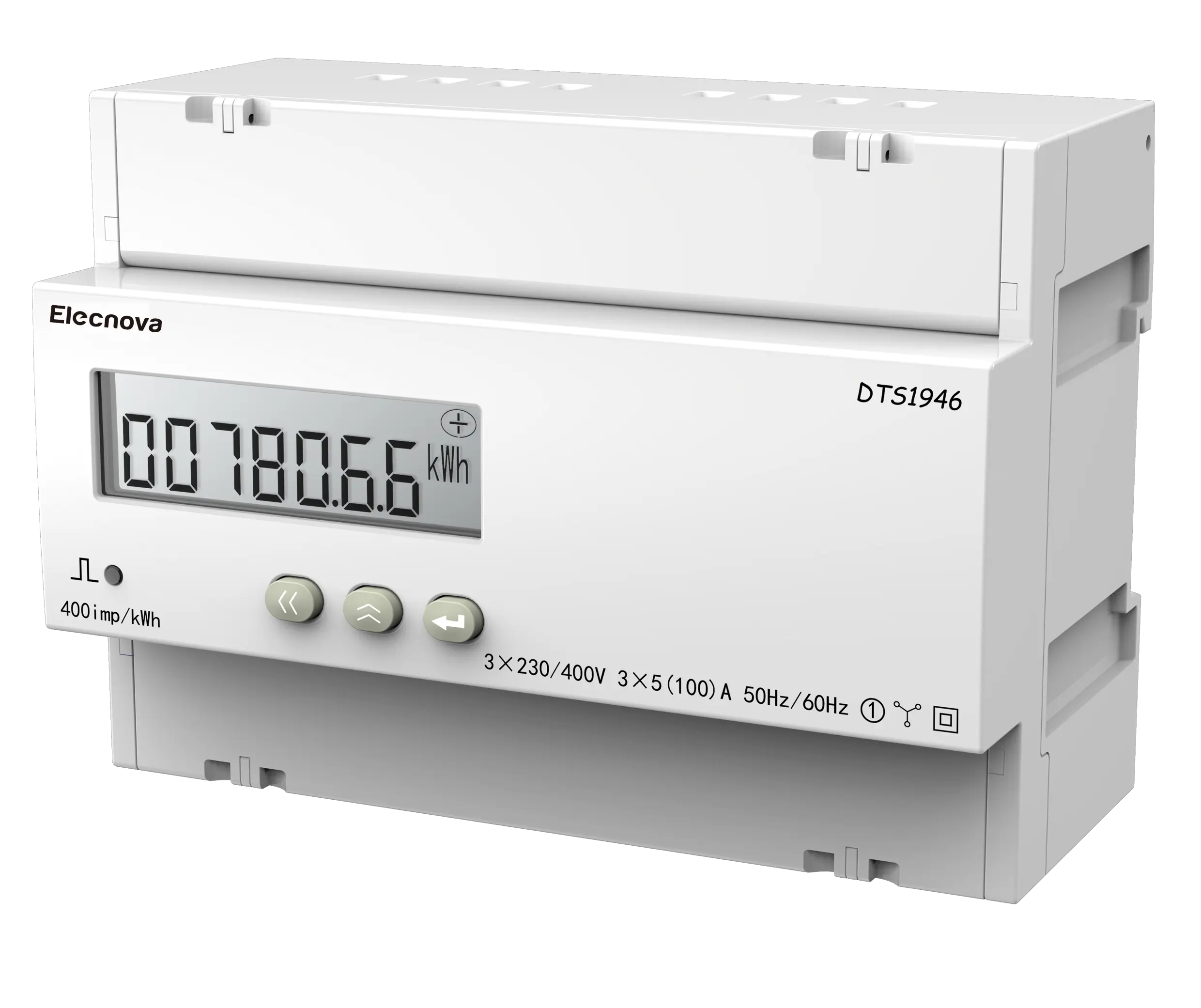
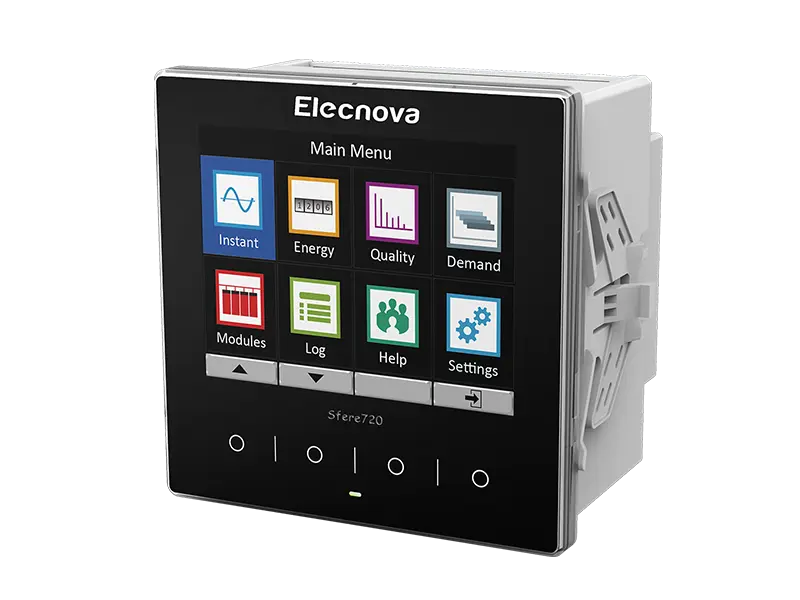
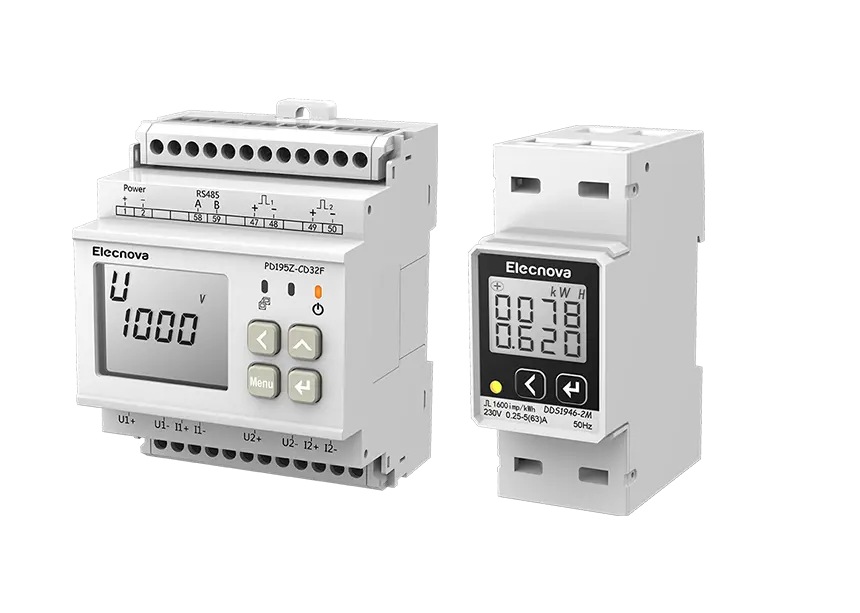
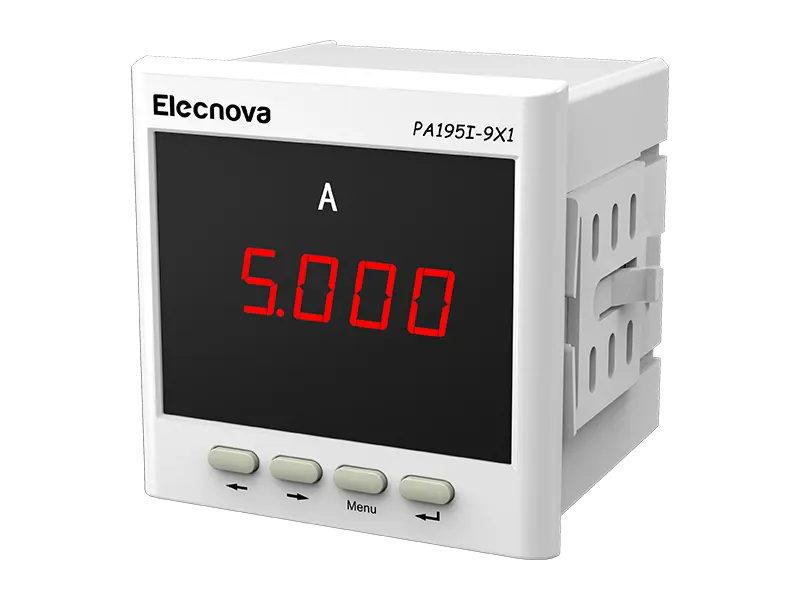
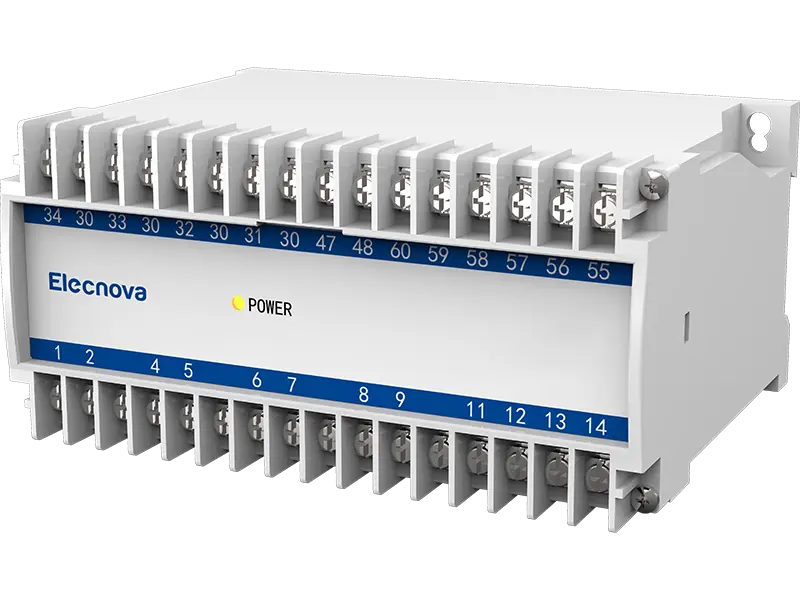
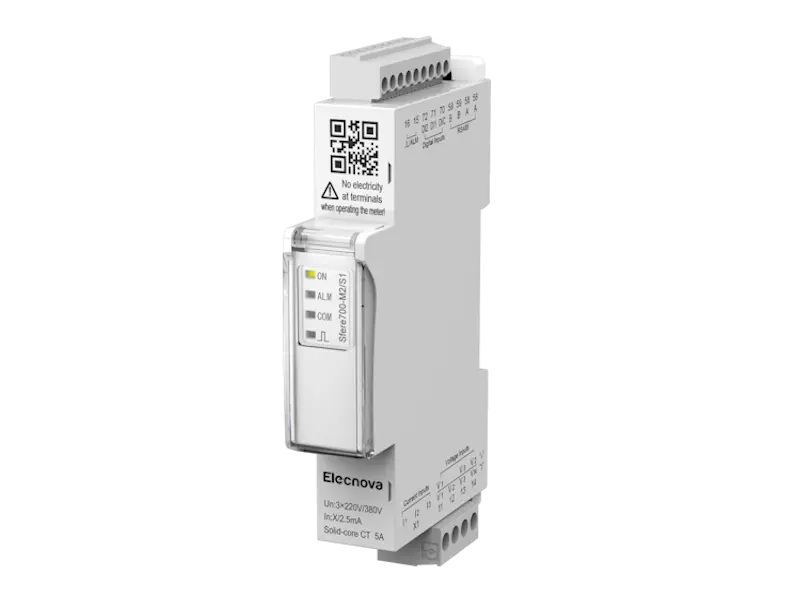
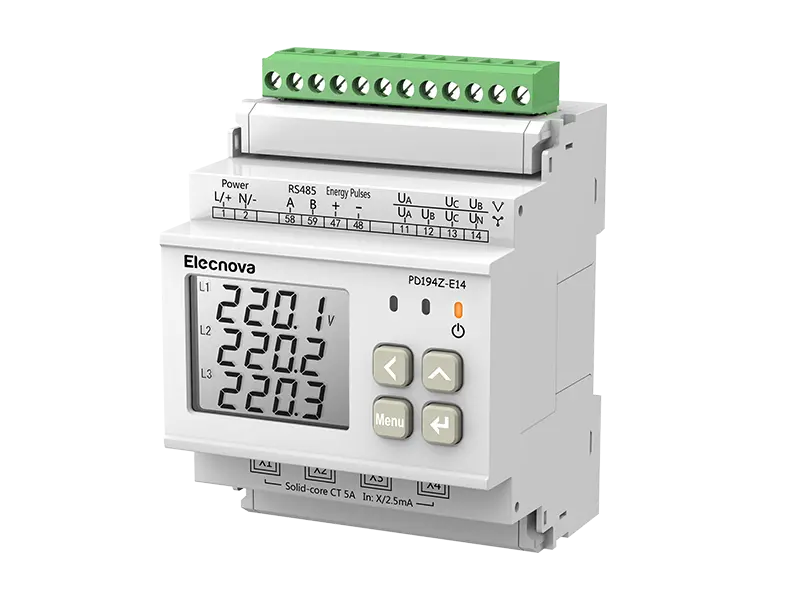
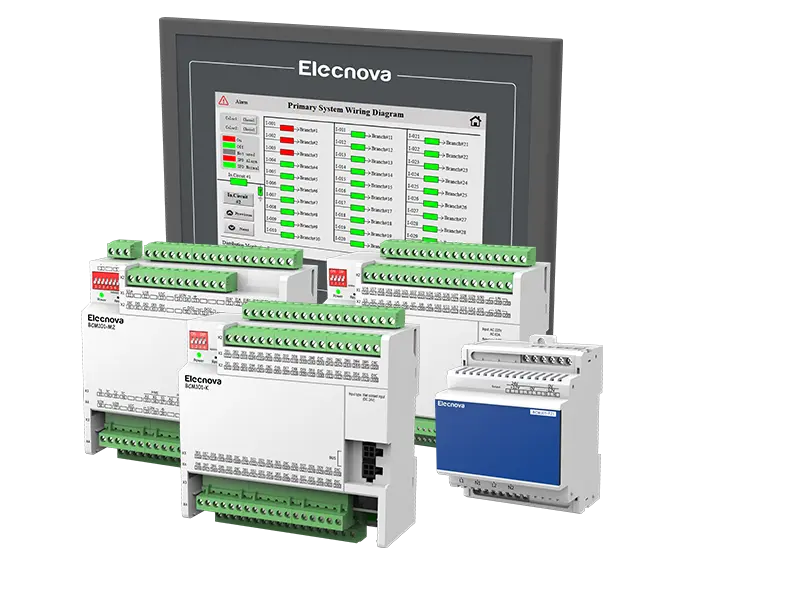

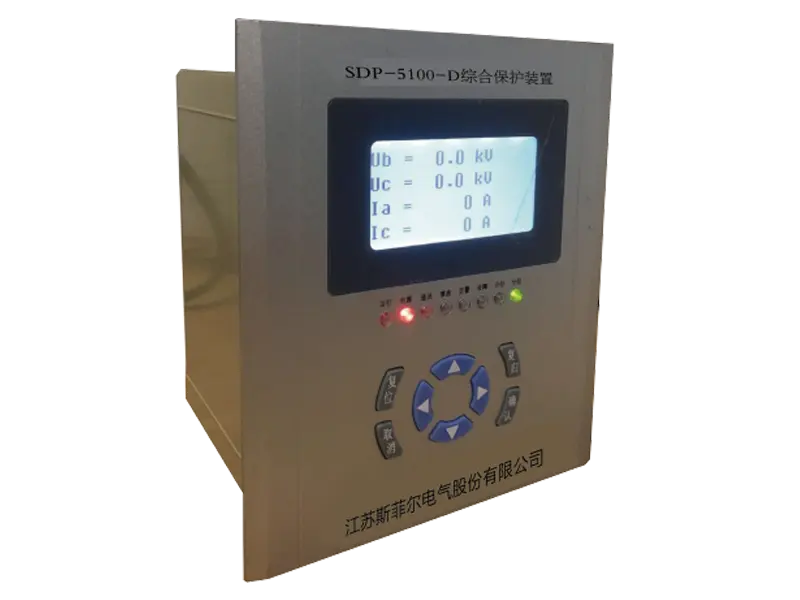
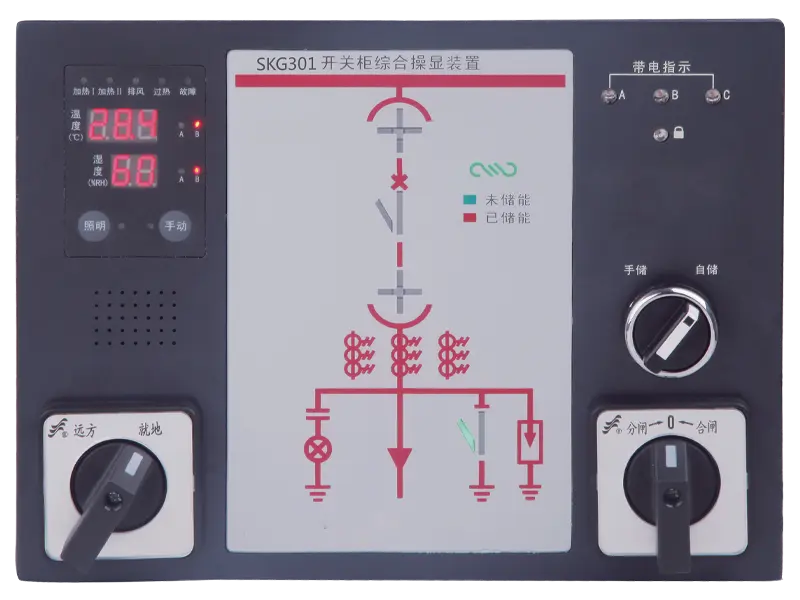
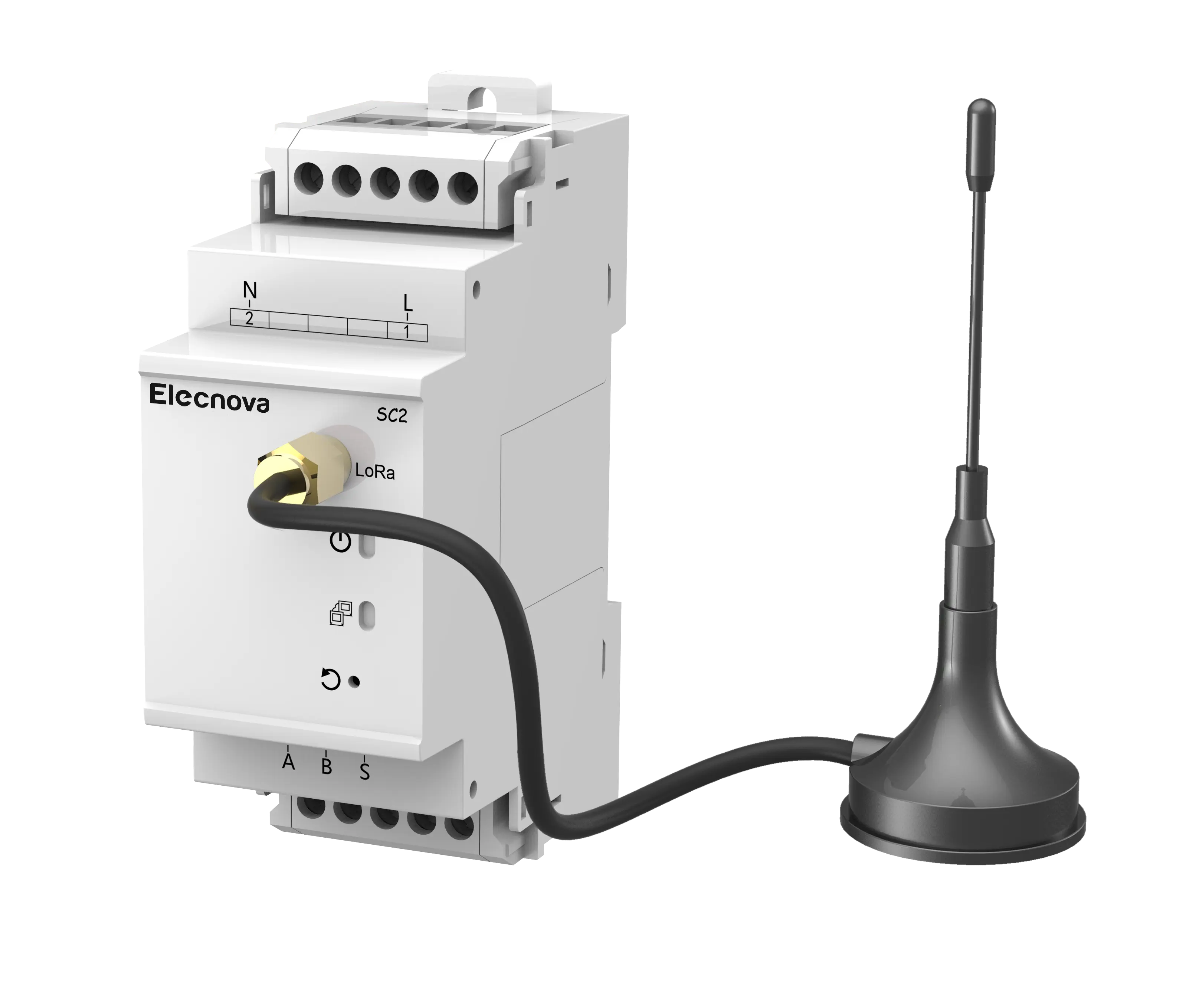
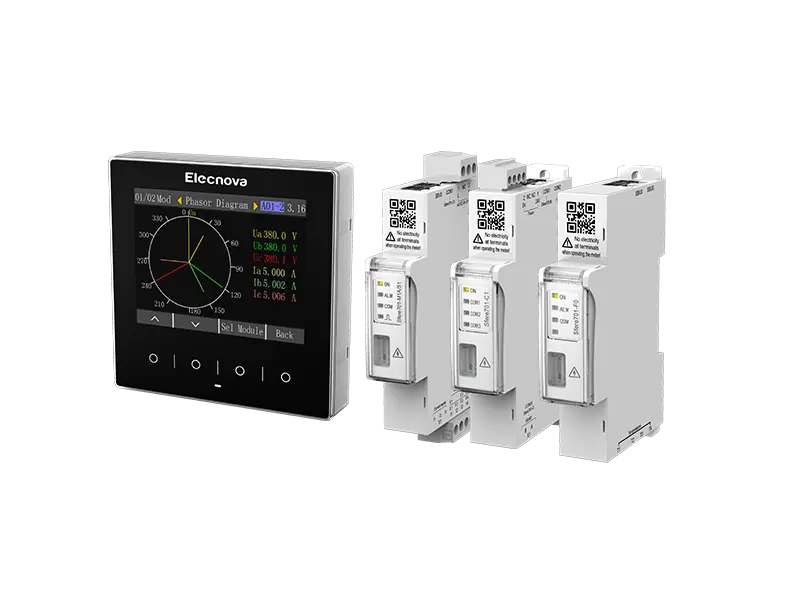
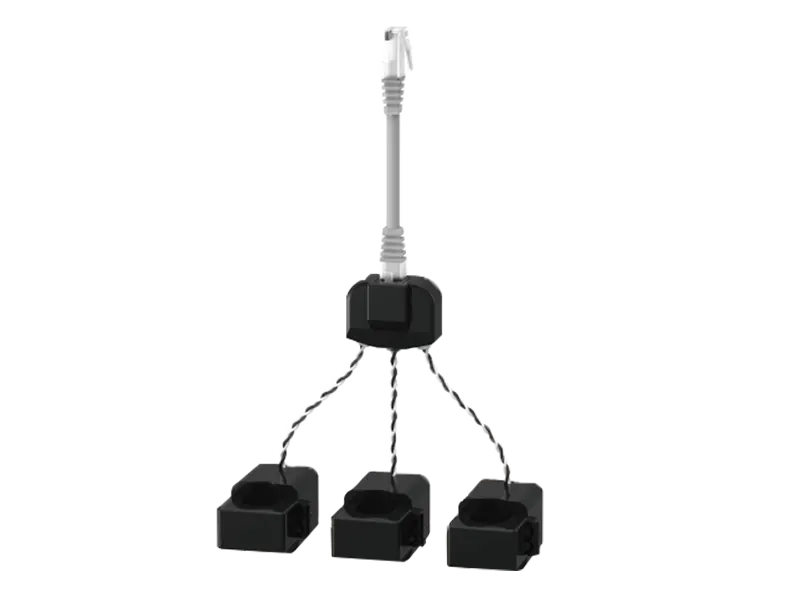

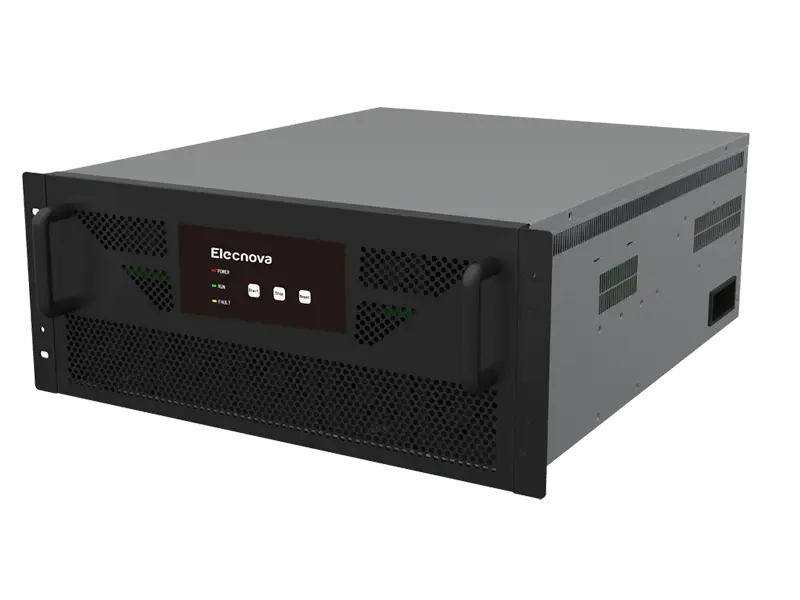
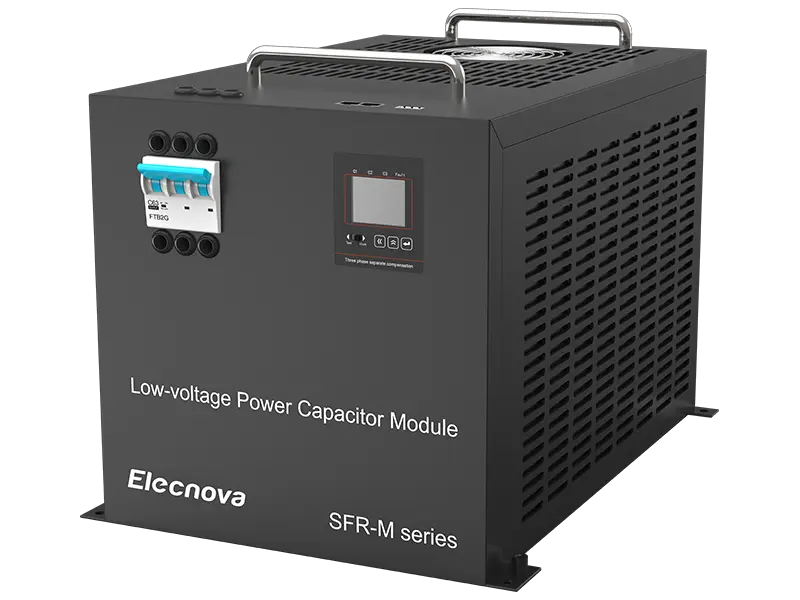
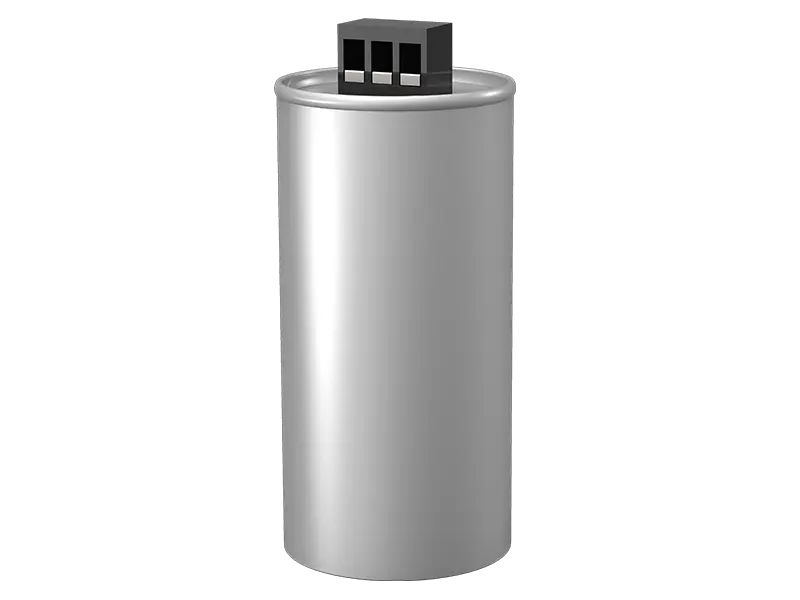
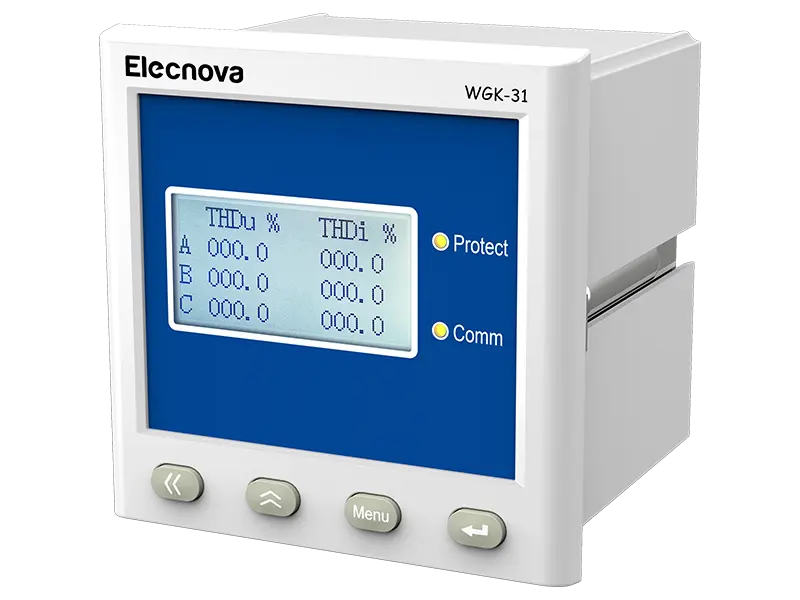
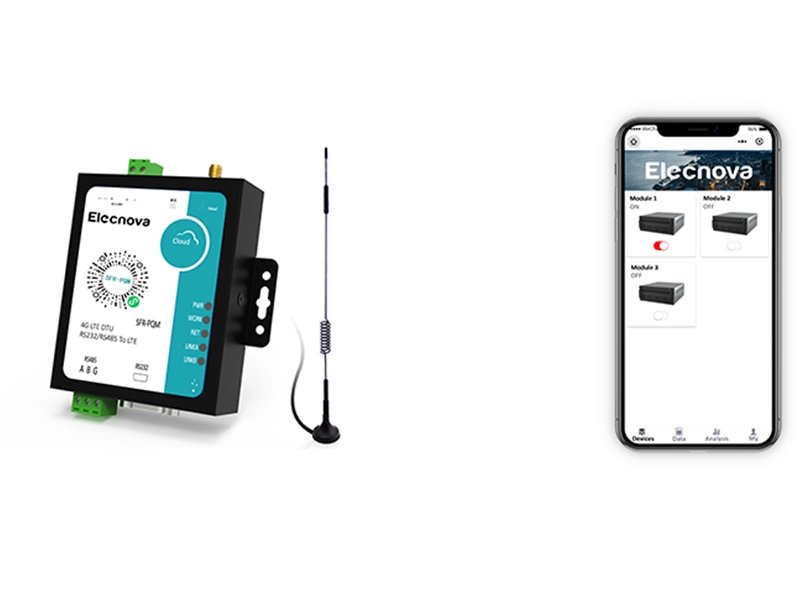
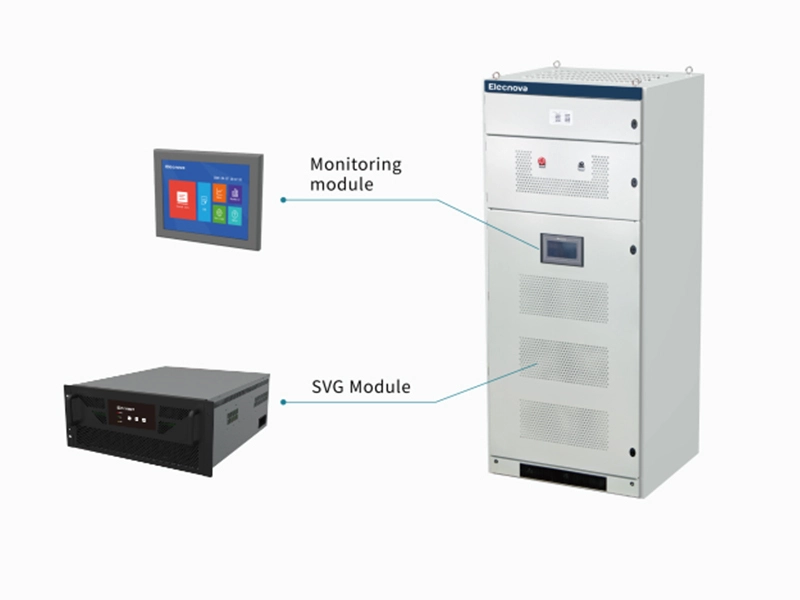
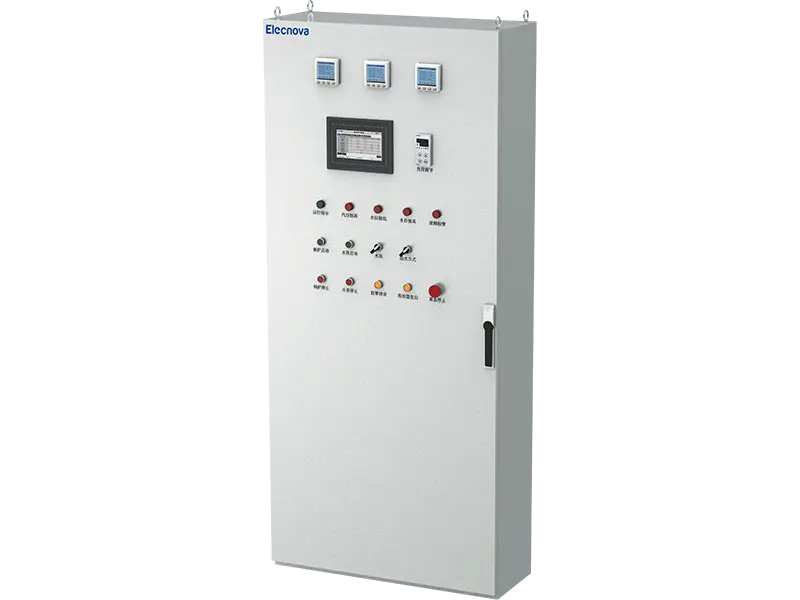
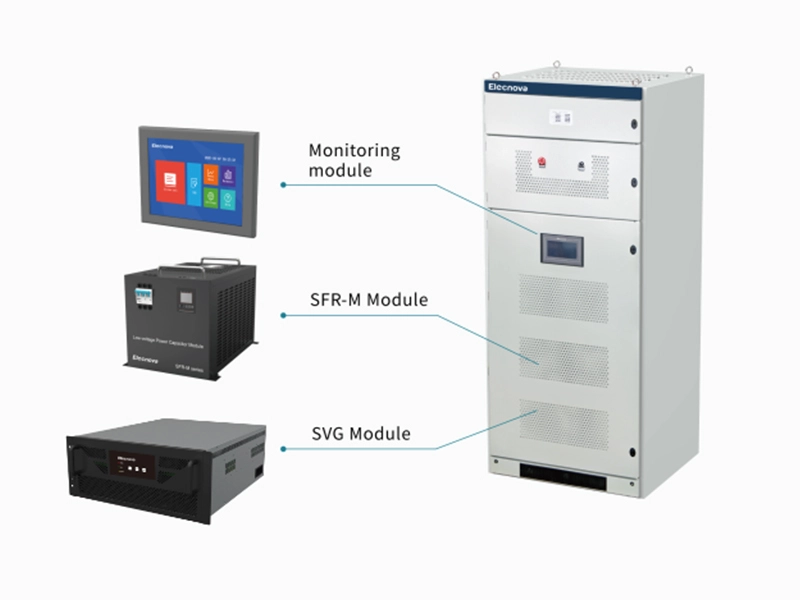
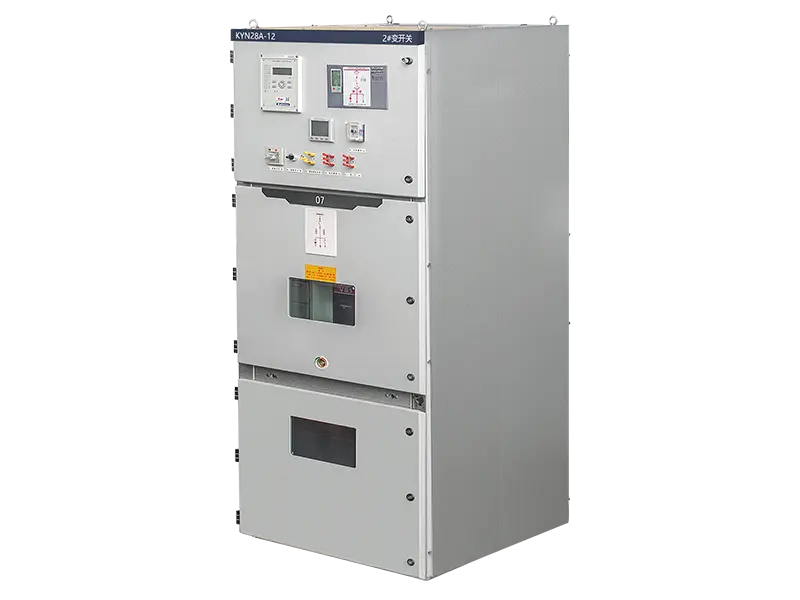
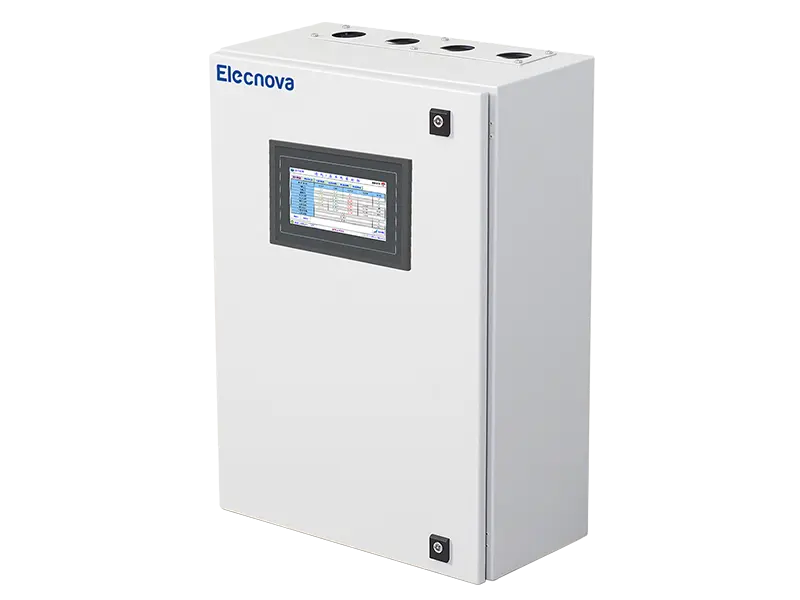
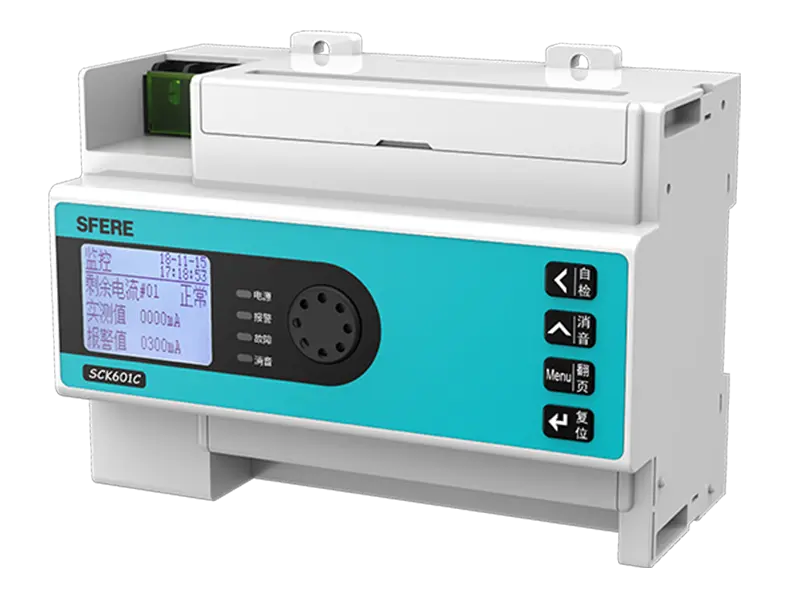
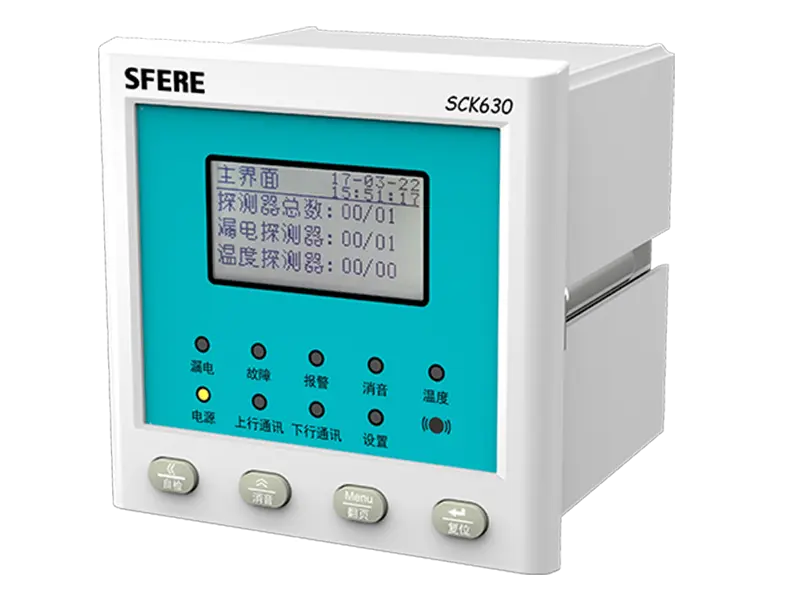
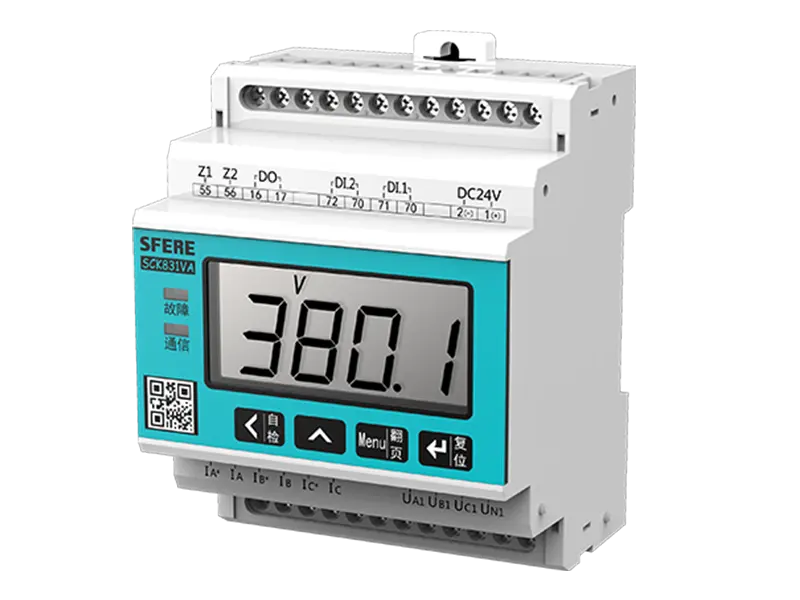
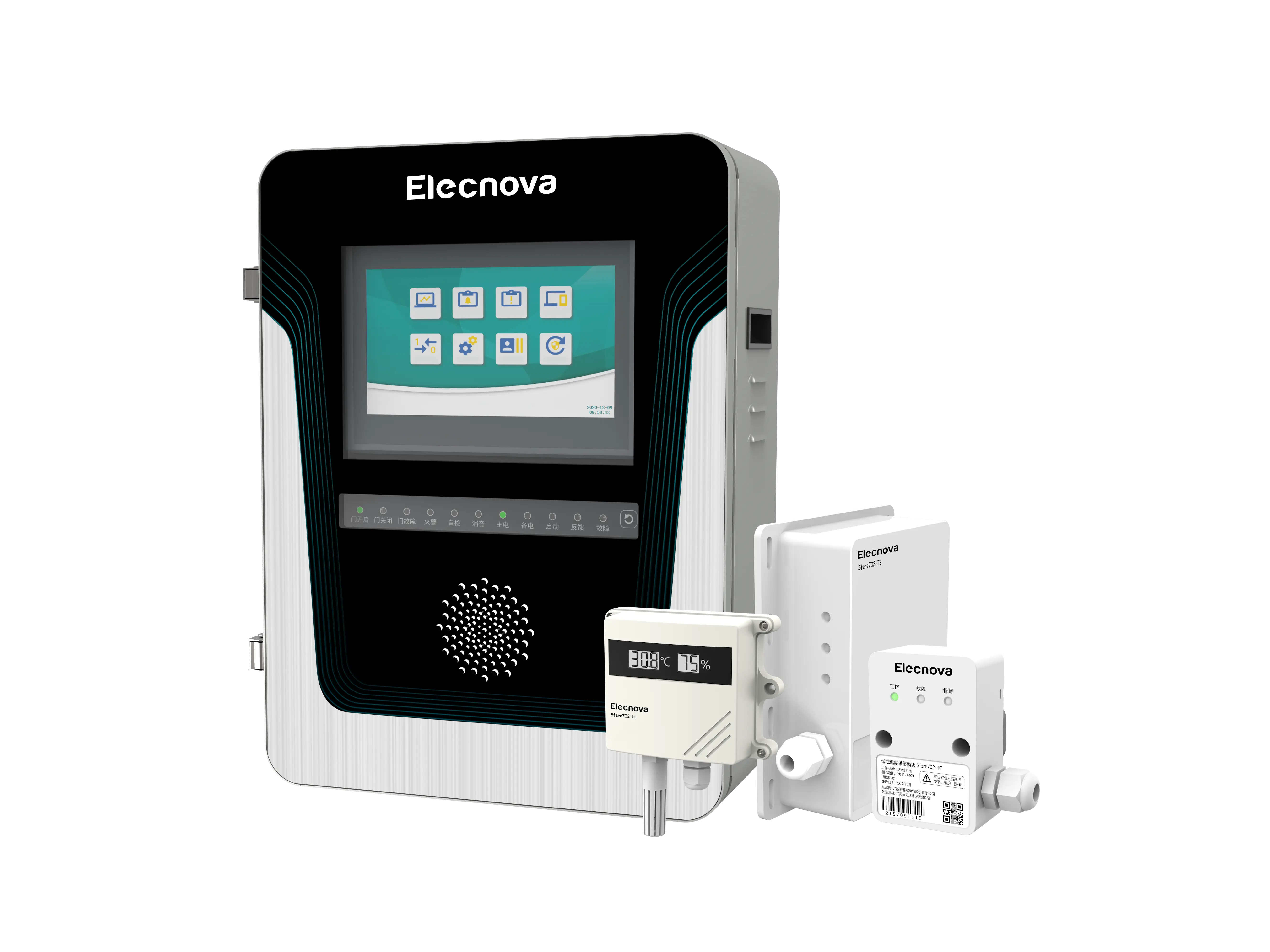
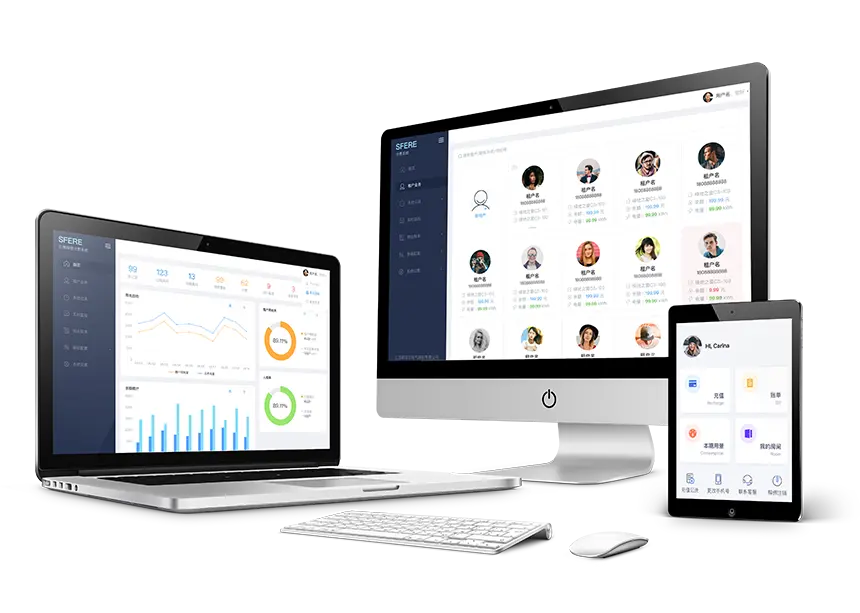
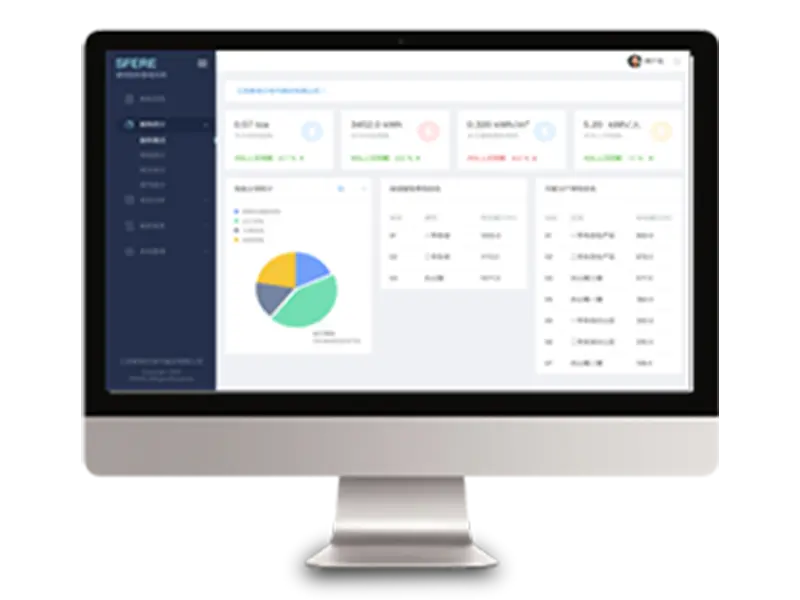
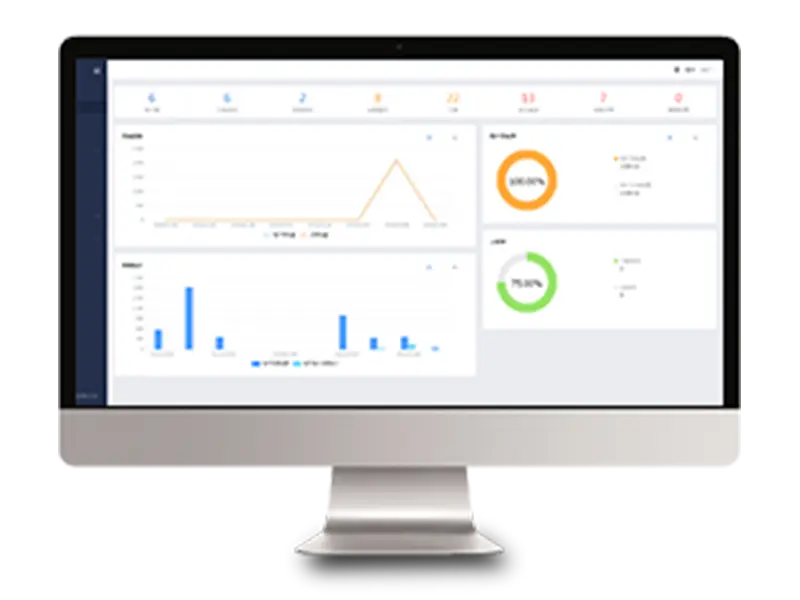
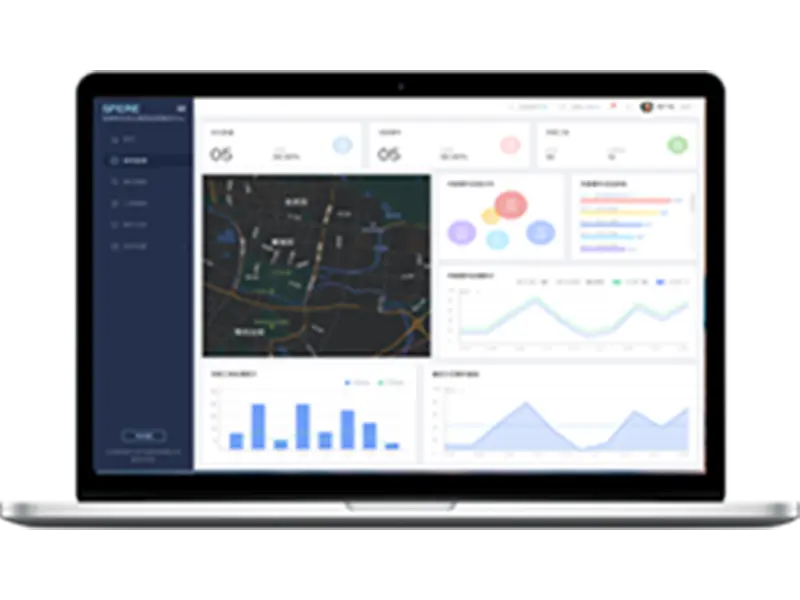
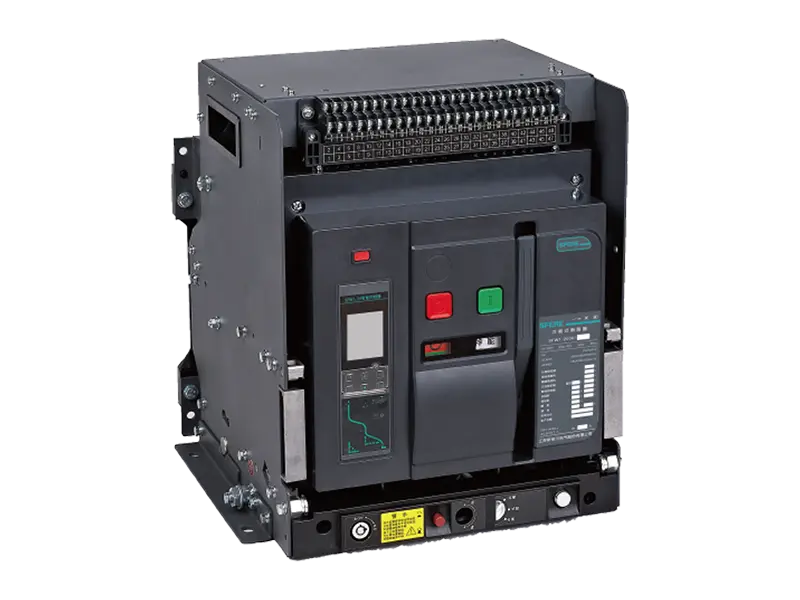
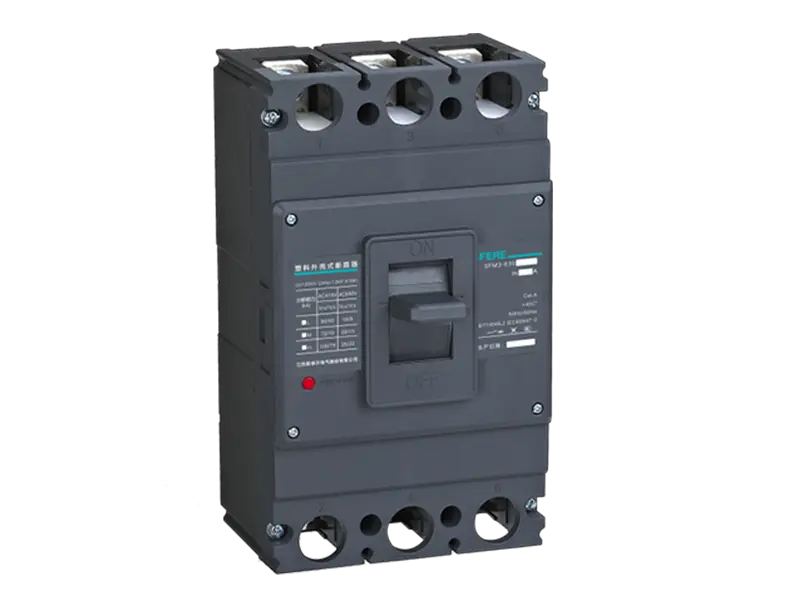
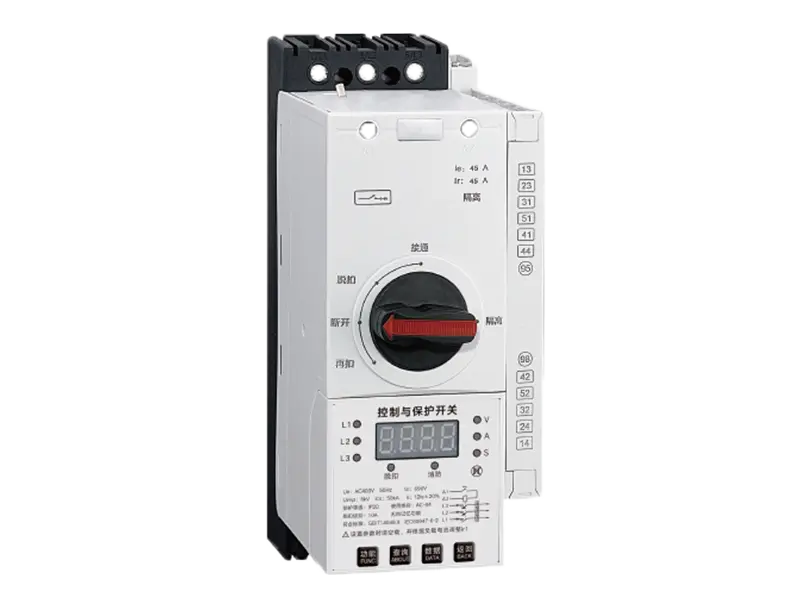
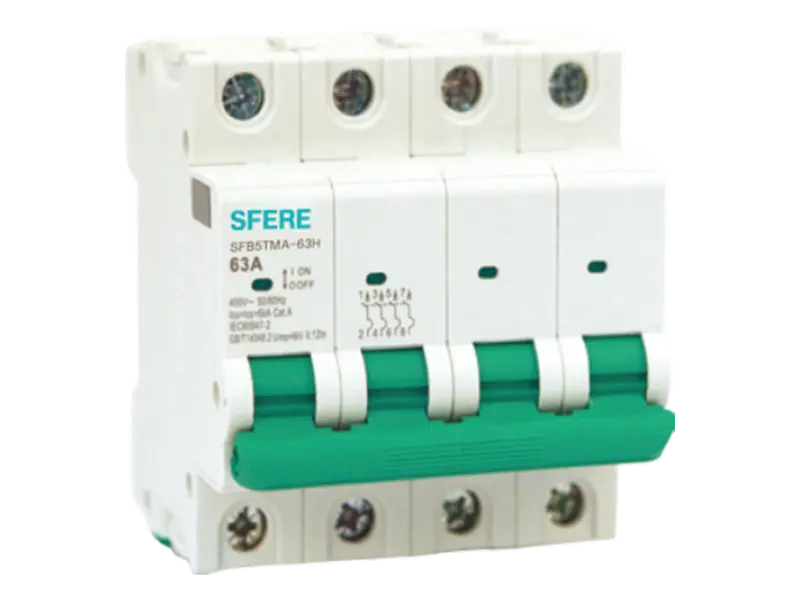
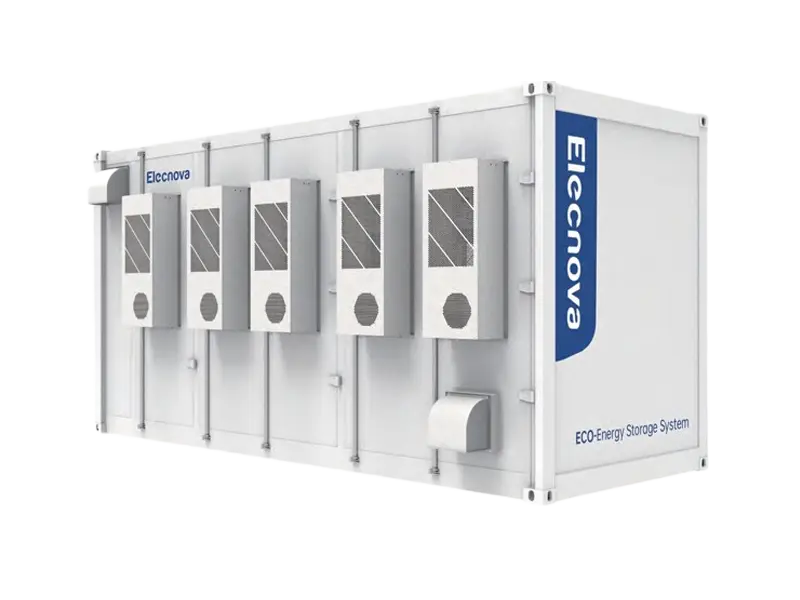
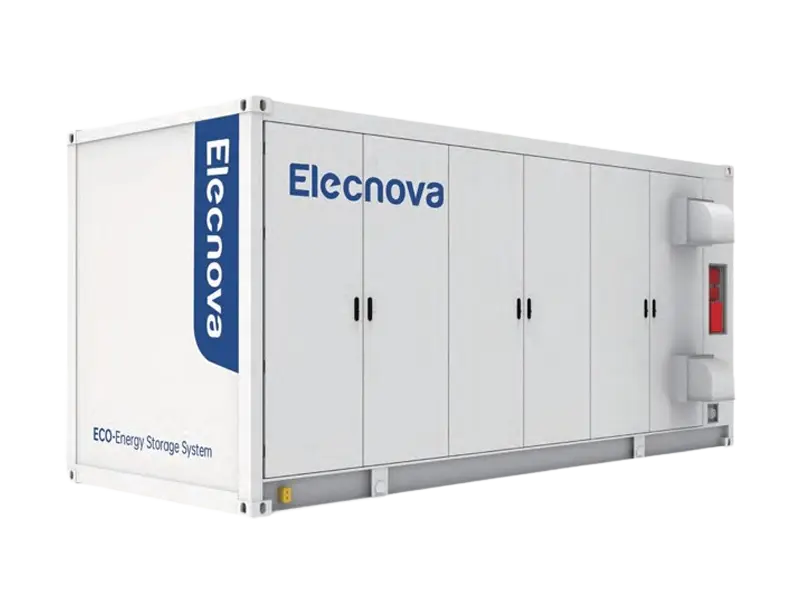
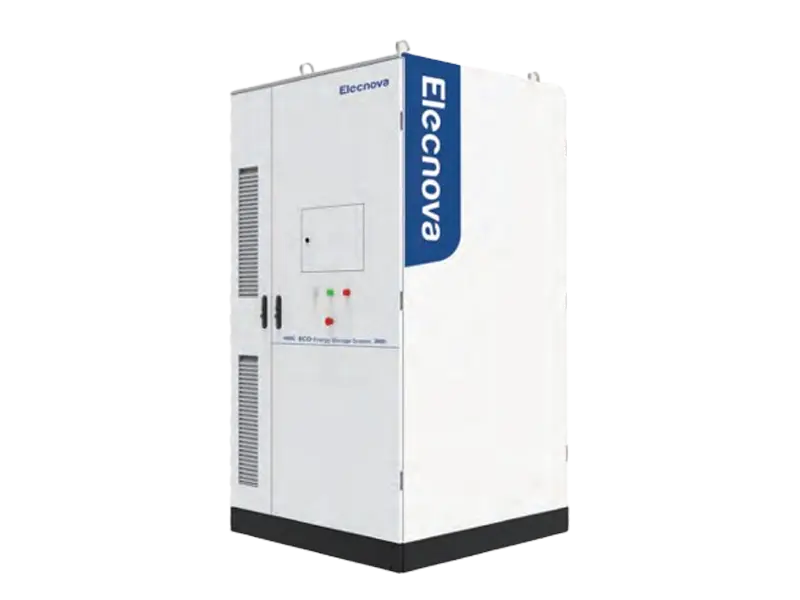
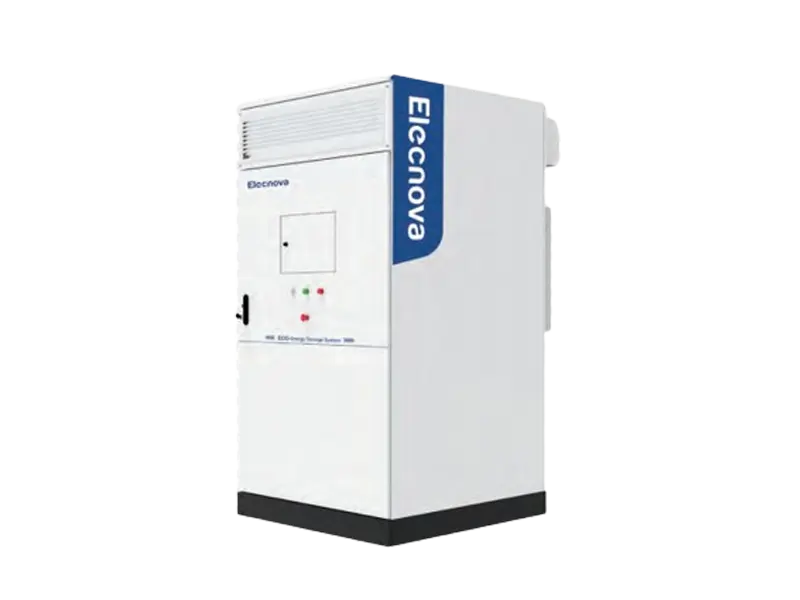
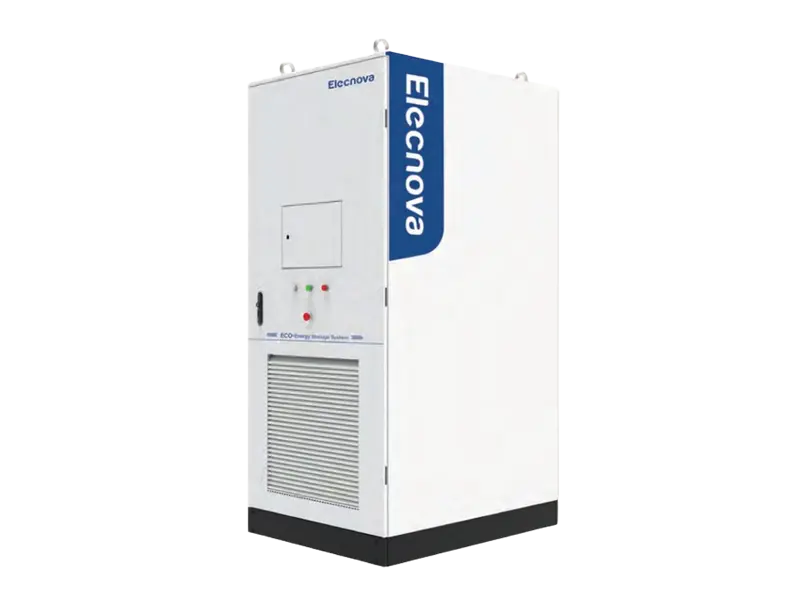

 CN
CN EN
EN
 fr
fr  de
de  es
es  it
it  ru
ru  ar
ar  vi
vi  tr
tr  th
th 














